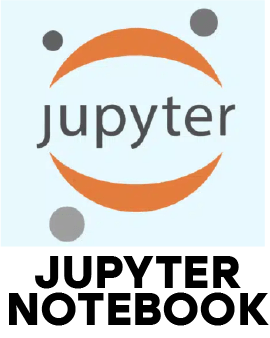1. Can You Explain What Python Is?
Ans:
Python is a high-level, interpreted computer language that is well known for being user-friendly and simple to comprehend. Numerous programming languages are supported styles, including object-oriented, functional, and procedural programming. Python is extensively utilized in domains such as web development, data analysis, automation and artificial intelligence, making it a versatile language for both beginners and professionals.
2. What Are the Key Features That Make Python Popular?
Ans:
Python is popular due to its simple, English-like syntax that makes it easy to learn and use. It supports dynamic typing, automatic memory management and has a large collection of built-in libraries. Python is also platform-independent, meaning it runs on all major operating systems, and it enables rapid development of applications.
3. How Is Dynamic Typing Different from Static Typing?
Ans:
In Python, dynamic typing means you don’t need to specify the data type of a variable Python determines it automatically when the program runs. This is different from static typing, where the data type must be defined before using a variable. Dynamic typing makes Python more flexible and faster to code.
4. What Are the Basic Data Types Available in Python?
Ans:
Python includes several basic data types: int for whole numbers, float for decimal numbers, str for text, bool for Boolean values (True/False) and NoneType for representing the absence of a value. These data types form the foundation for storing and working with data in Python.
5. How Can a List Be Made in Python?
Ans:
A list in Python is created using square brackets [] and can hold different types of values. For example, my_list = [1, 2, 3, "Python"]. Lists are ordered, can be modified (mutable) and allow duplicate entries. They're commonly used for storing collections of items.
6. What is a Python Tuple?
Ans:
A list and a tuple are comparable, but unlike lists, tuples are immutable, meaning their values cannot be changed after creation. Tuples are defined using parentheses for example: my tuple = (10, 20, 30). They're used when you want to store data that should remain constant.
7. What’s the Difference Between a List and a Tuple in Python?
Ans:
The primary distinction is that lists can be changed and use square brackets [], while tuples are immutable and use parentheses (). Lists are ideal when data needs to be changed, whereas tuples are best when the data should stay fixed throughout the program.
8. How May a Dictionary Be Made in Python?
Ans:
A dictionary in Python is a collection of key-value pairs, created using curly braces {}. For example: my dict = {"name": "Alice", "age": 25}. Dictionaries are unordered and values can be accessed using their keys. They’re useful for storing related data together.
9. What Are the Different Types of Function Arguments in Python?
Ans:
Python supports several types of function arguments: positional arguments (passed by order), keyword arguments (passed by name), default arguments (with default values) and variable length arguments (like *args and **kwargs). These provide flexibility when defining and calling functions.
10. What Does Object-Oriented Programming Mean in Python?
Ans:
Object-Oriented Programming (OOP) in Python is the way of writing code using classes and objects to model real-world things. It supports principles such inheritance, encapsulation and polymorphism. OOP helps organize complex code into smaller, reusable components, making programs easier to manage and extend.





















